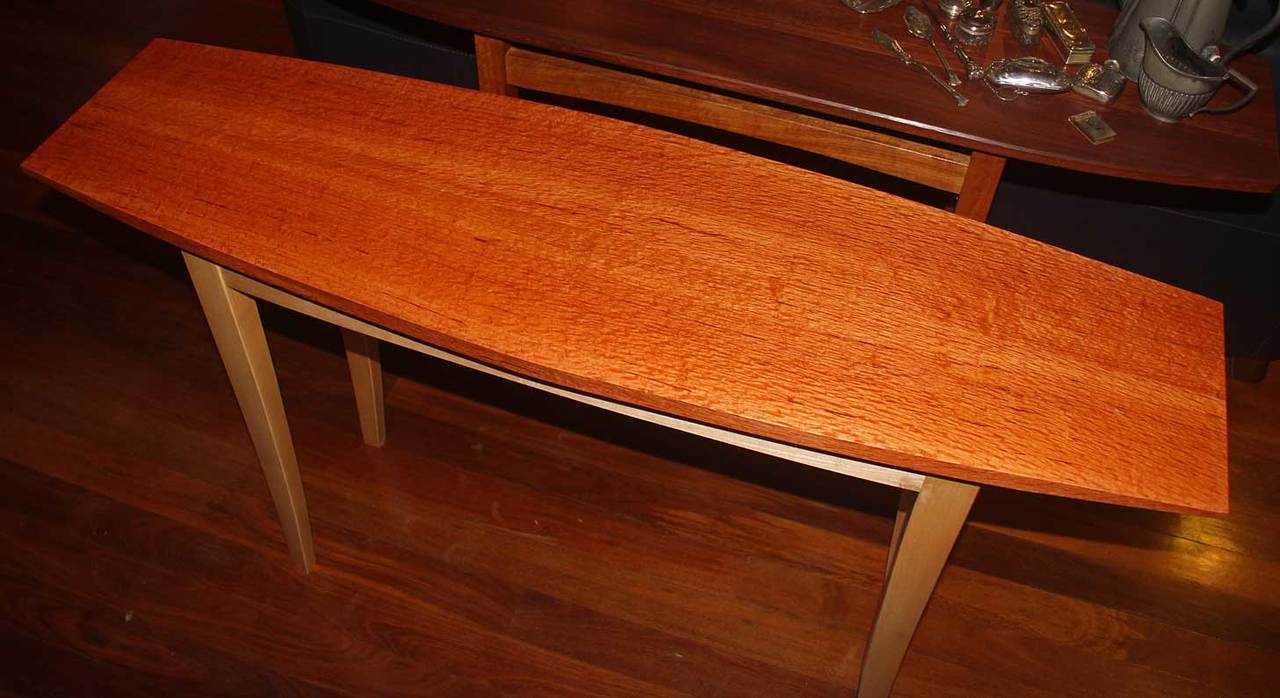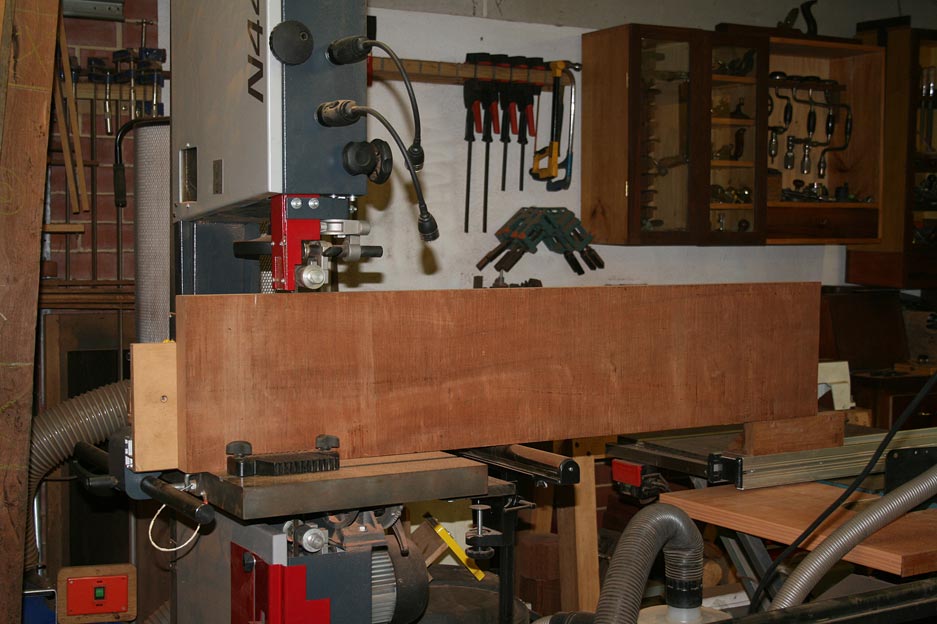
Originally Posted by
Jim Becker

As always, common projects do indeed influence what's best. Folks frequently needing to work with longer lumber absolutely will be better served by something appropriate in bed length. I have no doubt that I'd be unhappy with my particular setup if I had more than occasional need to process longer stock whole. Having the slider helps, however.
When I was looking at buying the A3-31, my major criteria was space. When I'm jointing long boards, I set up roller supports. You make do with what you have.
“Travel is fatal to prejudice, bigotry, and narrow-mindedness..." - Mark Twain





 Reply With Quote
Reply With Quote









